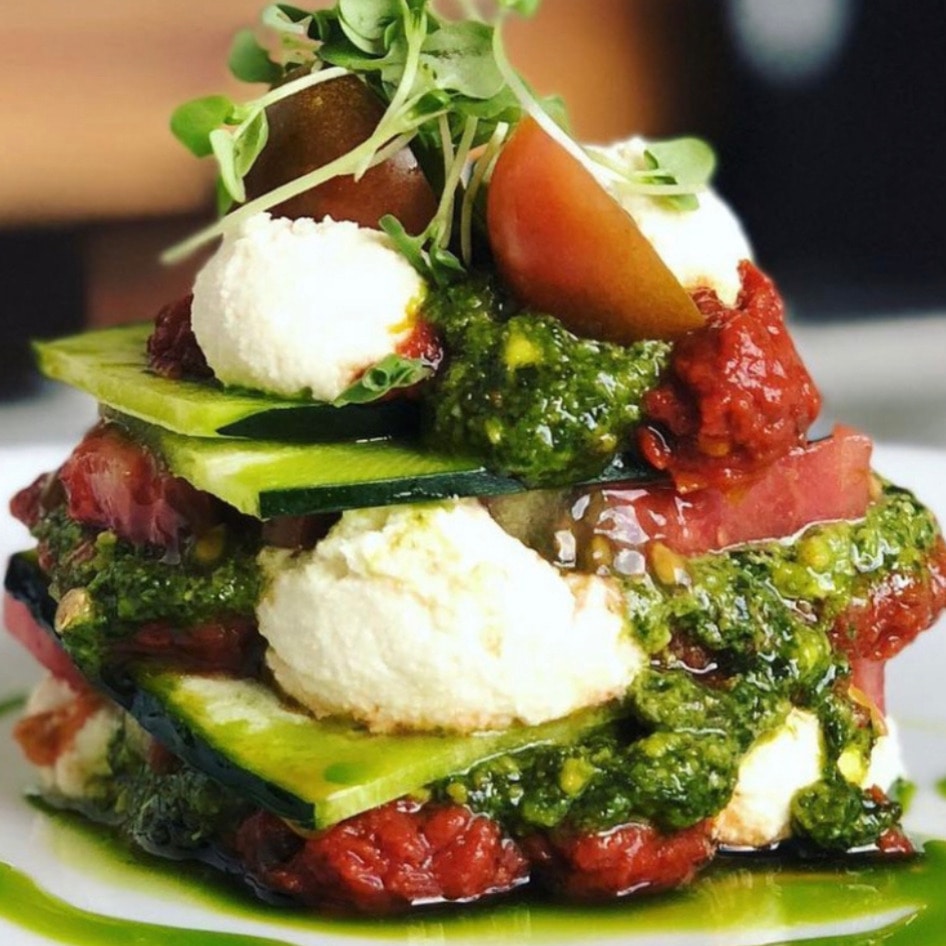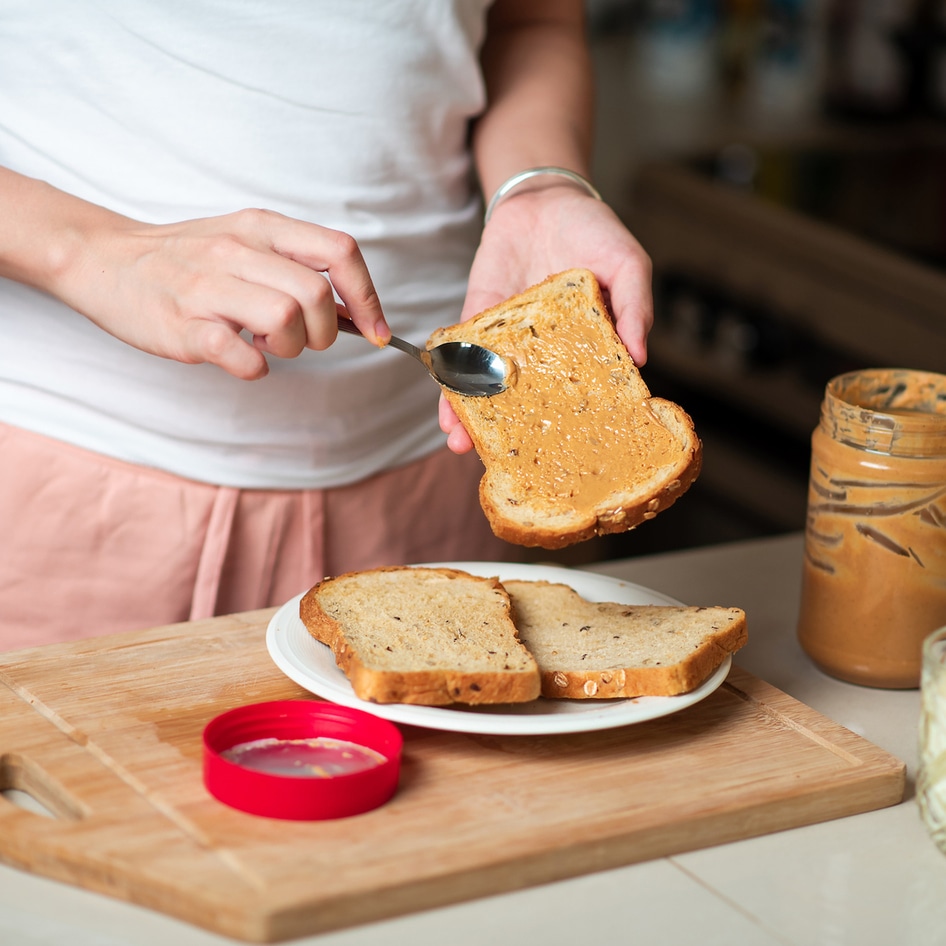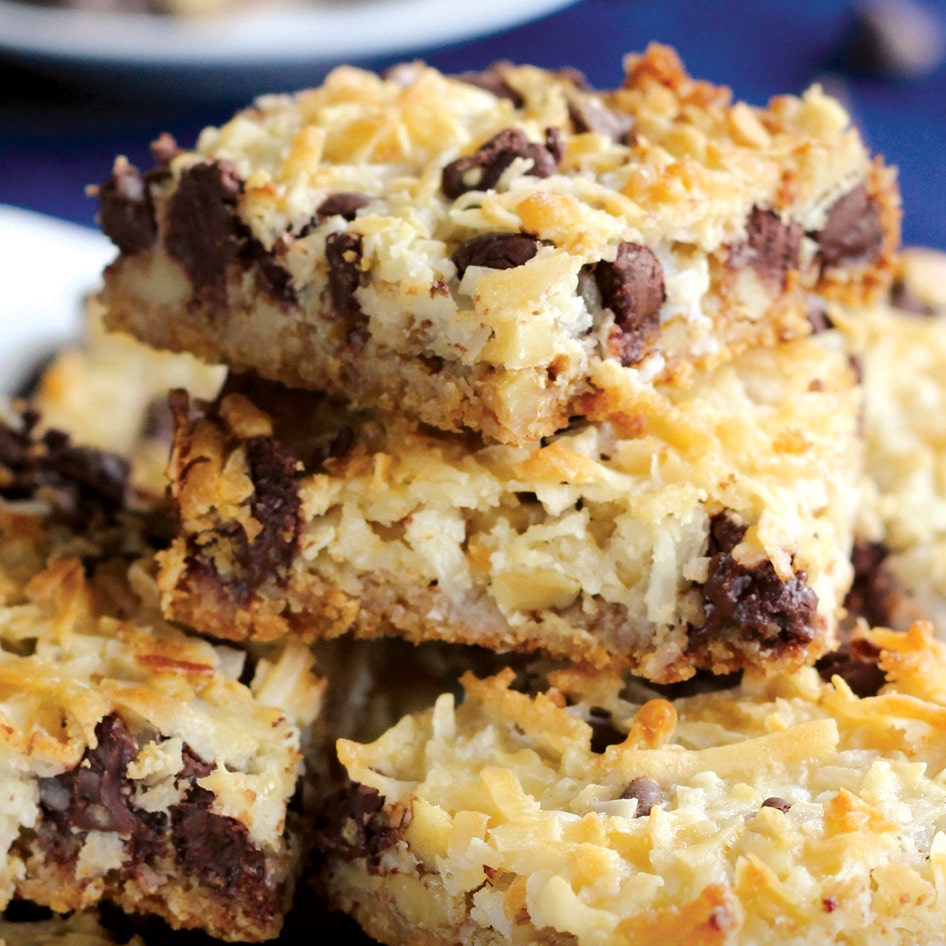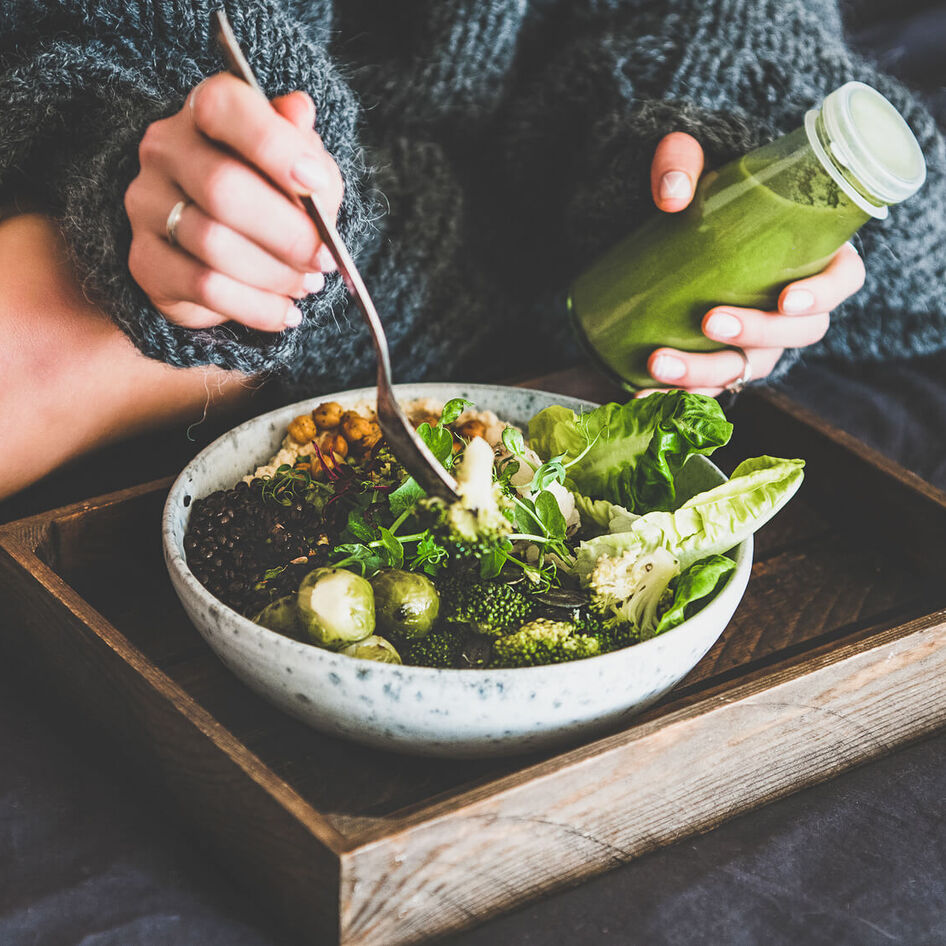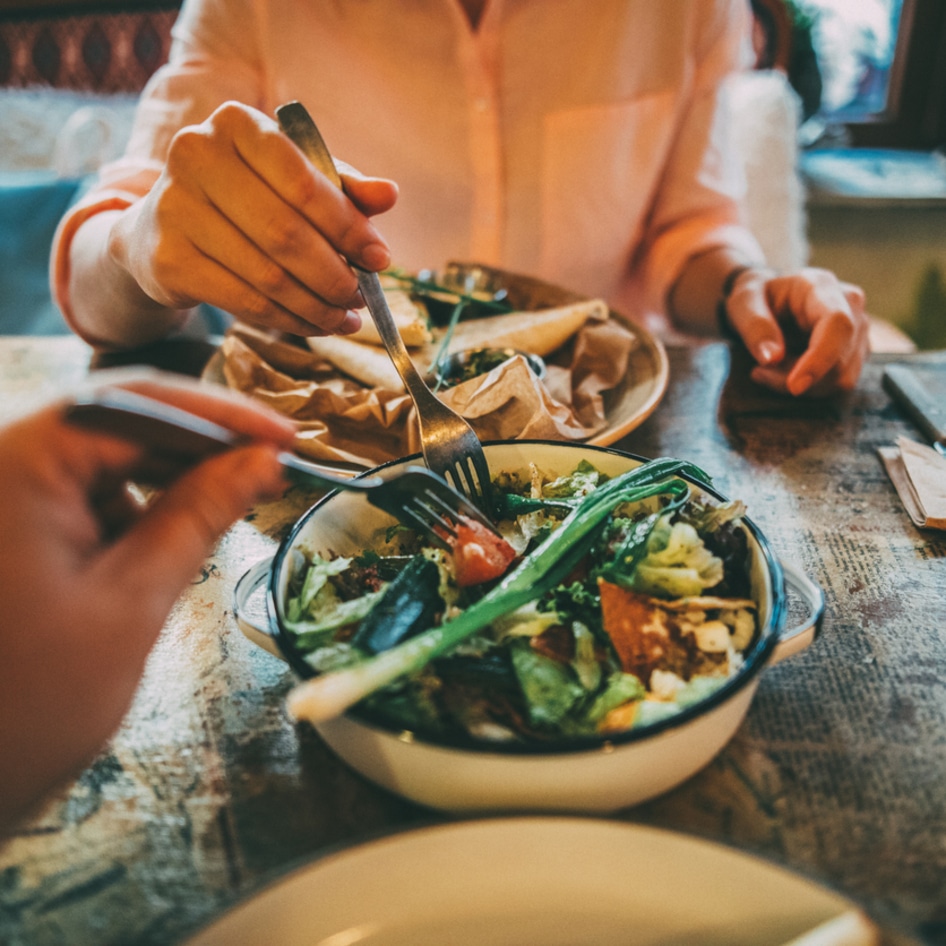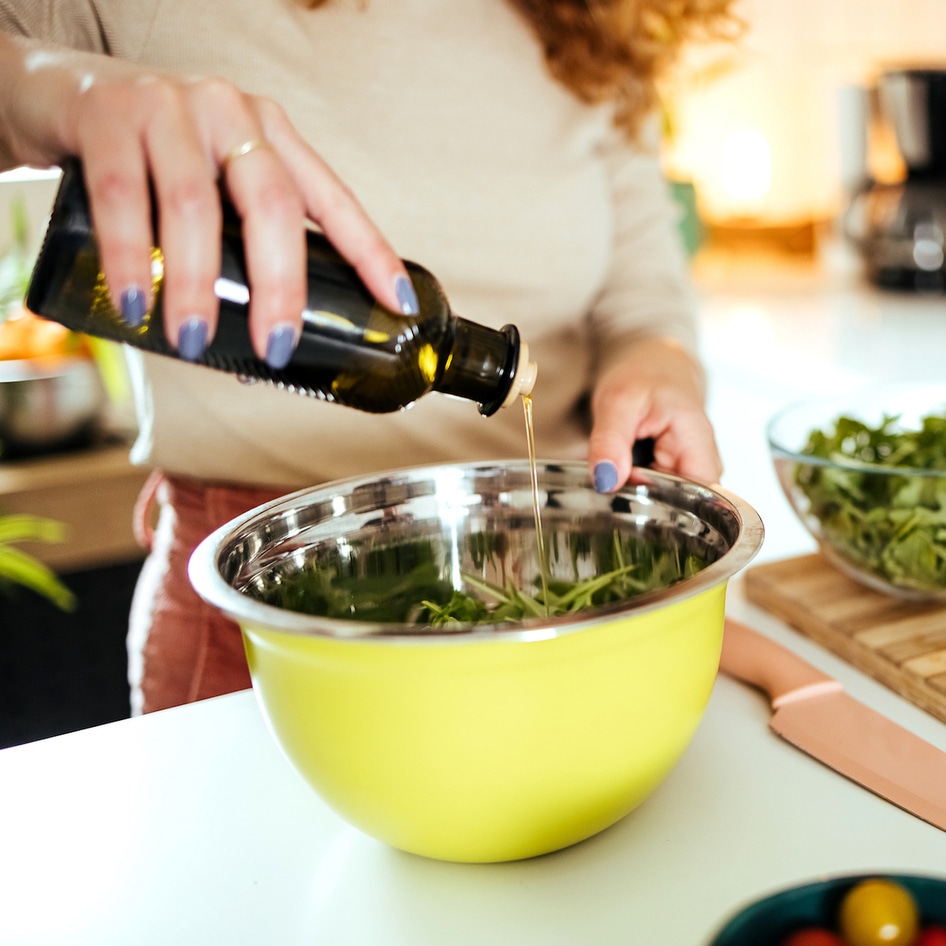The New Raw Food Diet
In a brand-new book, three leaders of the raw-food movement expose the dangers of an exclusively raw diet in this groundbreaking interview with VegNews’ Colleen Holland.
January 16, 2012
Boutenko. Love. Sarno. Some of the biggest names in the modern raw-food movement, all one-time strident proponents of uncooked cuisine. Their daily diet consisted of kale salads, sunflower patés, date truffles, and banana ice cream—as long as it wasn’t cooked more than 118 degrees, it was fair game. But now, in the groundbreaking new book Raw & Beyond, the trio tells all on the pitfalls of the raw-food diet, why they’re all now eating cooked food, and their path to discovering the most optimal diet for human beings. Today, all three say they are experiencing the best health of their lives, so what turned them off to a 100-percent raw-food diet? Colleen talks to author and chef Victoria Boutenko to gain insight into this remarkable transformation, and how they think this book will be received by raw foodists around the world.
VegNews: When did you go raw?
Victoria Boutenko: My family went raw on January 21, 1994. We decided to try the diet because we were all diagnosed with life-threatening illnesses and had lost our trust in allopathic medicine. After meeting a raw foodist and reading several books, we were excited to try this way of eating.
VN: What kind of illnesses was your family dealing with?
VB: My husband had hyperthyroidism and chronic rheumatoid arthritis, I was diagnosed with arrhythmia, our daughter Valya was born with asthma and allergies, and our son Sergei had diabetes.
VN: At the time, why did you think a 100-percent raw was optimal for your health?
VB: We understood that raw food was the most natural and ancient way of eating for humans. For, example, if I take two almond seeds, one raw and one roasted, they look almost the same to the eye. However, if I put these two seeds into the ground, they will behave differently. One of them will quickly rot and the other one will grow into a beautiful tree that will yield thousands of almonds every year indefinitely. From this, I concluded that the difference between those two seeds is as profound as life and death. All four of us felt better immediately after adopting an all-raw diet.
VN: Since then, what flaws have you discovered in the raw diet?
VB: I found an error in my favorite statement “anything raw is superior to anything cooked.” For example, I compared the nutritional value of raw cabbage versus cooked cabbage, raw potatoes versus fried potatoes, raw walnuts versus roasted walnuts, and so on. The conclusion seemed clear to me. What I failed to think about was if there was any cooked food that had more nutritional value over any raw food. What is more nourishing: steamed asparagus or cashew nuts? Lightly cooked red cabbage or an ounce of raw almond butter? A baked apple or a slice of a raw dessert? I know now these cooked foods are nutritionally superior, but I didn’t know then to ask these questions.
VN: Why are those foods—the steamed asparagus, cooked red cabbage, and baked apple—nutritionally superior?
VB: Because in a typical raw-food diet, most calories come from oils and nuts, which we now think should be avoided. Think about one of the gourmet raw desserts, where one slice of cake can contain a cup of nuts, or all the raw burgers, pizza, and nut loafs people are eating. We understand now that regular consumption of large quantities of nuts, seeds, and oils is not healthy due to their high levels of omega 6s— which can contribute to negative health conditions including slowed metabolism, inflammation, and obesity. So in order to still get enough calories but avoid nuts, we’ve added cooked food to our diets.
VN: Yes, in the book, Chad Sarno talks about how a high-oil raw diet sent his cholesterol and triglycerides through the roof, which put him at risk for heart disease. You also talk at length about omega-3s throughout the book. Tell us why you think they’re vital to good health, and the best way to get them?
VB: The latest scientific research reveals that the vast majority of us are seriously deficient in omega-3 essential fatty acids, causing thousands of preventable deaths each year. It became apparent to me that omega-3 fatty acids were essential to positive rejuvenation and healing in the body, while as raw foodists we were consuming too many omega-6s (most nuts have an extremely high omega-6 content, with almonds containing 2,000 times more omega-6s than omega-3s). Fortunately, omega-3s are widely available in all greens, especially spinach, romaine, arugula, and purslane, as well as in flax seeds, walnuts, hemp, and chia seeds.
VN: What about the long-standing argument by raw foodists that animals in the wild only consume a raw diet?
VB: This was another argument I often made. However, I didn’t pay attention that they eat for at least six hours a day, which is impossible for human beings to do.
VN: Knowing what you know now, what do you think is the optimal diet for great health?
VB: I consider a high-raw diet, meaning 80–95 percent raw vegan food, to be optimal for everyday life. I have stopped eating most nuts, all nut butters, and most oils, and have added cooked foods into my diet like steamed broccoli, asparagus, and cabbage.
VN: So why write this book?
VB: We wanted to prevent our followers from making the same mistakes we did.
VN: How did you connect with Elaina Love and Sarno to pen this book?
VB: All three of us discovered the benefits of raw eating approximately at the same time, some 17 years ago. Throughout this time, we often participated in the same events teaching people how to prepare raw foods. In 2010, our paths crossed again at at Living Light Culinary Arts Institute in Northern California. We discovered that we had all independently come to similar conclusions and are now practicing the same “beyond-raw” cuisine. We decided it was important to share our adjusted raw-food diet with our followers.
VN: You used to say a 99 percent raw-food diet wasn’t good enough. What has been the response from the raw community on your new take on raw food?
VB: I was surprised to discover that most people have already arrived to the same conclusions. I did hear from some readers who blamed me for a “betrayal” of the 100-percent raw idea. I am sorry that they feel this way, but I couldn’t act in any other way, considering the new data on nuts and oils. I cannot continue encouraging my followers to consume those heavy raw desserts, and without them many people lose too much weight and become too skinny—since they do not consume adequate amount of calories for their lifestyle. I chose to add a small percent of steamed veggies instead.
VN: Is a 100-percent raw-food diet ever a good idea?
VB: I think a 100-percent raw-food diet is an effective practice as a way of healing. That was extremely beneficial for my family. Now my experience and research has brought me to a high-raw diet for sustainable living.
VN: How has your health changed since adopting a high-raw diet?
VB: I do not feel that anything is missing in my diet any more. I feel good and my weight is steadily normalizing. In addition I feel a profound peace inside from abandoning a place of limitation and idealism. I choose to be healthy, instead of being 100-percent raw.
VegNews’ co-founder Colleen Holland feels her best when eating a high-raw diet. Follow Colleen on Facebook here.
JUMP TO ... Latest News | Recipes | Guides | Health | Shop

